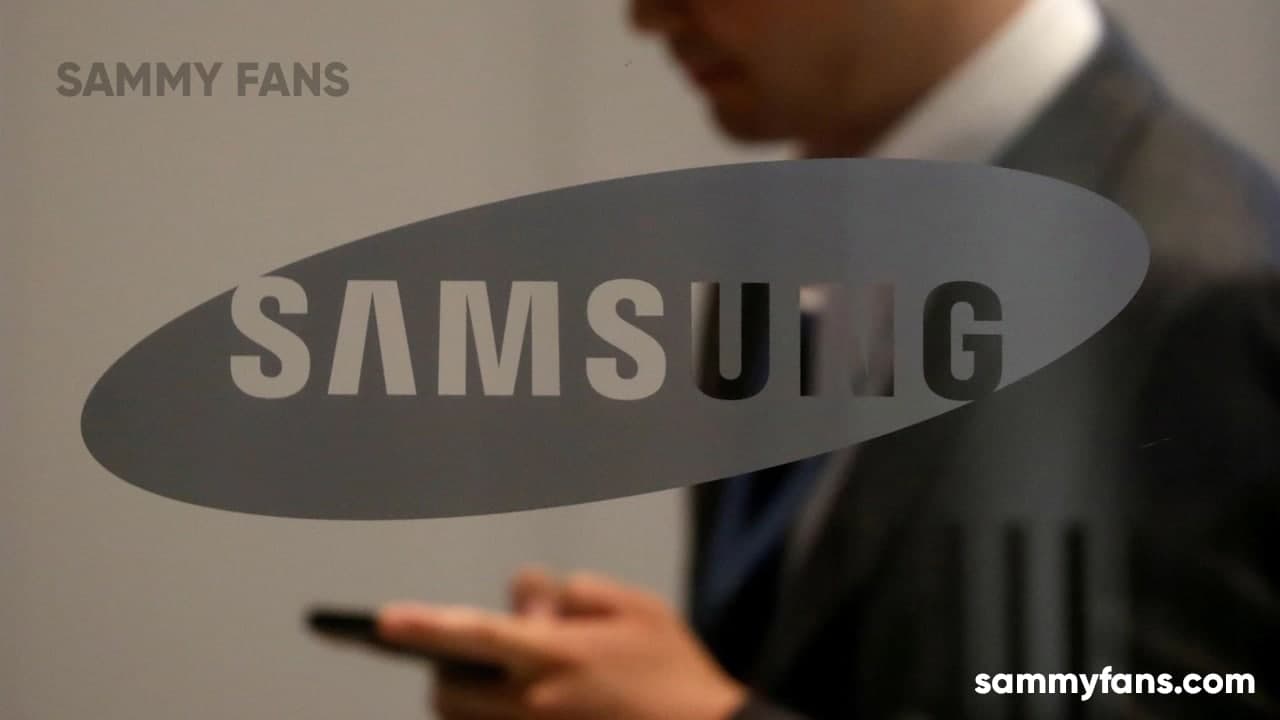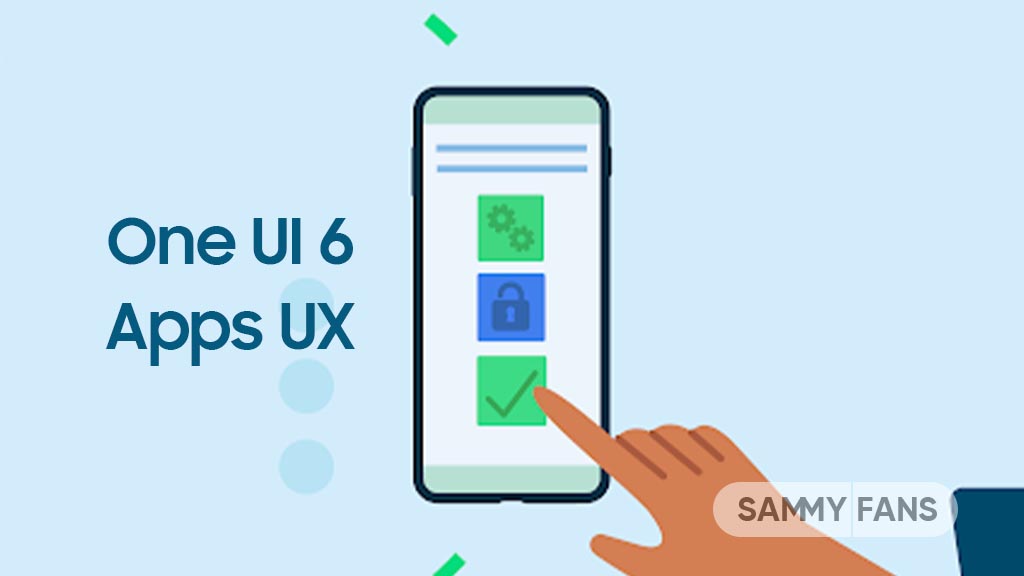Opinion
Xiaomi emerged as Samsung’s biggest rival, recorded highest YoY growth in Q2 2021

Samsung has been leading the world for years when it comes to the highest smartphone units shipments. Every year, the company faces tough competition from its rivals such as Apple and Chinese phone makers. For several years, Apple is the biggest rival of Samsung, but it looks like things are now changed.
Recently, popular market research firm Canalys published its new report in which the researchers shared the data of the global smartphone market of the second quarter of 2021. Although Samsung still remained on the top, Xiaomi kicked out Apple from the place of the world’s second-largest smartphone maker, says Canalys.
Global smartphone market Q2 2021 – Highlights
In the second quarter of this year, the world’s smartphone shipments increased 12% as the new normal for economies and citizens started to take shape just because of the speedy rollout of the Covid-19 vaccines. Glimpse at the global market report:
- Samsung was the largest vendor with a 19% share of smartphones shipped
- Surpassing Apple, Xiaomi took second place for the first time ever, with a 17% share
- Apple slipped to third with a 14% share
- Chinese vendors such as Oppo and Vivo recorded strong growth

Image Source: Xiaomi Blog
Not Apple, Xiaomi is the biggest Samsung rival
Ben Stanton, Research Manager at Canalys said that “Xiaomi is growing its overseas business rapidly”. The company has impressively increased its shipments in various regions worldwide, which is not good news for Samsung and Apple.
In Latin America, Xiaomi’s shipments increased more than 300%, while 150% in Africa and 50% in Western Europe. After fighting as a challenger, the company is now transforming its business model to an incumbent with various initiatives such as good management of older stock in the market.
Join Sammy Fans on Telegram
Compared to market leaders Samsung and Apple, Xiaomi’s average selling price are around 40% and 75% cheaper respectively. Therefore, the reason behind this impressive growth this year is its high-end devices such as the Mi 11 Ultra 5G.
Last but not least, Canalys researchers pointed out that Xiaomi already has its sights set on the next prize that is displacing Samsung to become the world’s largest vendor. However, it’s not an easy task to defeat the Korean tech giant as it’s managing an impressive reputation in the hearts of consumers across the globe!

Xiaomi CEO Lei Jun’s letter to all employees
“Dear colleagues, the world’s No. 2 means greater challenges and responsibilities for Xiaomi. This is the first time we reached this unprecedented level, and we will inevitably face many vicious and fierce battles ahead of us.”
“Notwithstanding the celebrations now, I want to make sure we can maintain our second place steadily and firmly in the future. It is an honor for us to compete with the most powerful and innovative companies in the world at the peak on the global stage.”
“We are still very young and thus have not accumulated sufficient experiences yet; we must keep calm and stay humble. Our peers are our role models and our whetstones. It is this fierce competition that has driven all of us to make progress mutually. And through this, we can continue to sharpen ourselves and get stronger.”
Opinion
7 Android updates Sweet but Useless for Galaxy Z Flip 6, Z Fold 6

Samsung replicated Google’s promise of Android updates, but the plus point is that mid-range and budget Galaxy phones are eligible for at least four major OS upgrades. The upcoming Galaxy Z Flip 6 and Z Fold 6 will also be honored with 7 major Android updates.
The Korean tech giant offers the longest software update support in the Android industry. Google’s OS update promise starts from the Pixel 8 series. While mid-range and budget Samsung phones get four Android updates, the premium Galaxy Z Flip 6 and Z Fold 6 will get 7.
Earlier this year, Samsung launched the Galaxy S24 series smartphones. The lineup is guaranteed for at least seven OS upgrades. The strategy was earlier expected to be applied to Galaxy A55, but the company kept it limited to the flagship phones.
Samsung doesn’t officially consider Galaxy Z as flagship lineup, but it’s the most premium segment. All the novelties that Galaxy S receives also come to foldable phones. Therefore, it’s certain that the company will support its upcoming Galaxy Z phones for 7 years.
Will they survive 7 years?
Sporting a foldable display entirely ends the discussion of longevity. Besides, the pre-applied screen protection film starts to damage within a year of normal usage. Samsung’s innovative foldables are available internationally but support isn’t.
Samsung Care+ plan is also offered by the phone maker for additional protection. However, it still requires the owner to pay the processing fee, which isn’t considerable. Also, the Care+ plan doesn’t cover the Samsung-slapped screen protector film.
So if the Korean phone maker is willing for longer software support, it should rather offer a two-year replacement guarantee on manufacture defects. It would push consumers to prefer foldable phones as they won’t have to worry about display concerns.

Pre-reserve the next Galaxy and get a $50 Samsung Credit and massive savings. When you pre-order any of the upcoming devices, you will be honored with multiple benefits. You will not only get Instant Samsung Credit but also savings of up to $1500.
Unpacked 2024 ‘Pre-reserve’ ends soon, secure your $50 Samsung Credit
Opinion
Android Updates War: Google’s Game-Changing Move to Outshine Samsung

When it comes to Android updates, Samsung is leading the Android world. However, this could be the last day of Samsung’s leadership as Google is expected to double up its current Android updates support for Pixel smartphones launching today.
2020 was a remarkable year in Samsung’s history when the company extended Android updates support from two years to three. A few months later, the company extended the security support as well, totaling it to four years for flagship Galaxy devices.
Follow our socials → Google News | Telegram | X/Twitter | Facebook | WhatsApp
In 2022, Samsung launched the Galaxy S22 series, which offers four generations of OS upgrades. In its announcement, the company listed all flagships launched in 2021 and later along with select Galaxy A series smartphones for 4 OS and 5 years of security patches.
With this decision, the South Korean tech giant surpassed Google’s support policy, which owns Android. To be noted, Tensor-powered Pixel smartphones come with three years of Android and five years of monthly security updates support.
Today, Google will launch the Pixel 8 and Pixel 8 Pro smartphones. And as per the leaks, both phones will offer up to 7 years of software support, surpassing the longest support provided by Apple to its iPhones. Pixel 8 and later might be eligible for 7 major OS upgrades, which sounds a bit confusing.
There are speculations that there will be five major OS versions and 7 years of regular security patches and quarterly Pixel Feature Drops for the latest flagship smartphones. If it happens, it will force other Android vendors to further extend their support.
While Pixel phones are limited to support 3 major OS versions, Samsung is offering 4 generations of OS upgrades to cheaper Galaxy devices that costs approx $249. Samsung won’t take too long to beat Google yet again in terms of software support.
Let’s see, what Google has to offer to the Android world!
Opinion
Here’s why Samsung apps start getting One UI 6 support ahead of official release

After One UI 5.1, we started hearing a lot of news, leaks, and rumors about the upcoming One UI 6. Recently, Samsung has also started releasing One UI 6.0 support for stock apps, starting with the Calculator app.
Looking at all this, we can expect that Samsung will provide this support to more apps in the future too. But the question is, why is Samsung providing One UI 6.0 support to its stocks apps before the official release? If you are thinking that by getting their support, you will get some new features in your apps, then it is not only the reason.
Samsung One UI 6.0 support can also bring new features for apps, but the main reason for this is something else. But what? The answer is that Samsung is going to release a new One UI update in the coming weeks or months and the company aims to make its stock apps compatible with that accordingly. Once the app is supported, the app will not stop working or get crash whenever the company releases that update for the smartphone.

A recent report revealed that Samsung’s stable Android 14 update will be available in October. This is the same time frame as last year’s UI rollout, with the latest Galaxy S lineup being the first to secure it. Meanwhile, beta activity is seeing an early start if everything goes as planned by the internals.
Still, for the time being, we can consider this information as a pinch of salt as the company has not yet announced any official timeline for One UI 6.0.
Samsung confirms One UI 6 and Good Lock features finding underway












